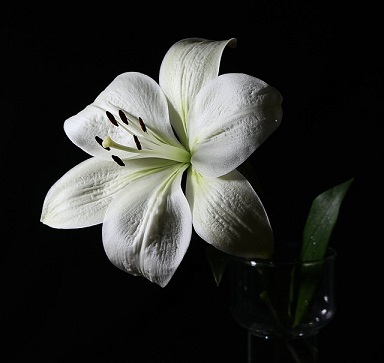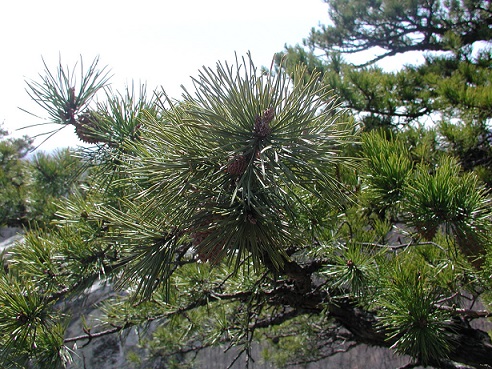Plant diversity encompasses the total variation of plant species which exists. The genomes of different plants differ so dramatically that the properties which these species are capable of possessing is truly amazing. For example, an endemic Indonesian plant found in western Sumatra, called Amorphophallus titanum has the largest unbranched inflorescence and also possesses an odour which resembles the scent of a decomposing mammal.
In terms of differentiating plant species, plants can be separated into two classes:
- Angiosperms: These are plants which seeds are capable of producing fruits or flowers. Species which fall under this class are also referred to as hardwoods. Angiosperms are known as flowering plants. For example, roses and lilies are angiosperms.

Figure 1. This is an image of a lily flower. This image has been taken from http://pixabay.com/p-73098/?no_redirect.
- Gymnosperms (“naked seeds”): These are plants which do not produce fruits because their seeds are hidden in a cone. These species are also known as softwoods. In comparison to angiosperms, gymnosperms do not produce flowers, but retain their leaves all year round. For example, cedar trees and pines are gymnosperms.

Figure 2. This image represents an example of a gymnosperm. This is an image of a pine cluster and this picture has been taken from http://www.flickr.com/photos/tulio22/422426330/.
Furthermore, angiosperms can be further classified as dicotyledons and monocotyledons. Dicotyledons are flowering plants which come from two seed leaves, whereas monocotyledons come from one seed leaf. There are other features which differentiate monocots and dicots which include, but are not limited to flower part number, the way that the vascular bundles are arranged on the stem and the presence of secondary growth.
In comparison to gymnosperms, angiosperms represent a much larger proportion of all plant species on the planet, about 80%. Nevertheless, the total amount of plant biodiversity which exists is truly remarkable.
© BrainMass Inc. brainmass.com April 19, 2024, 3:47 am ad1c9bdddf